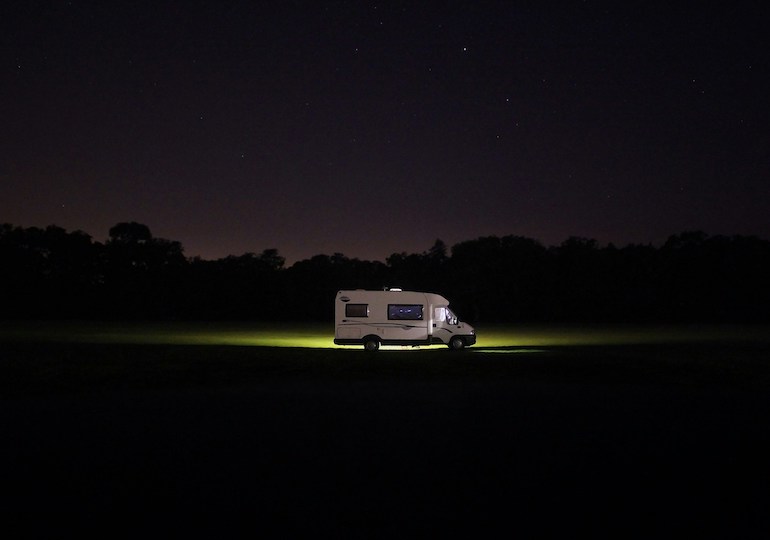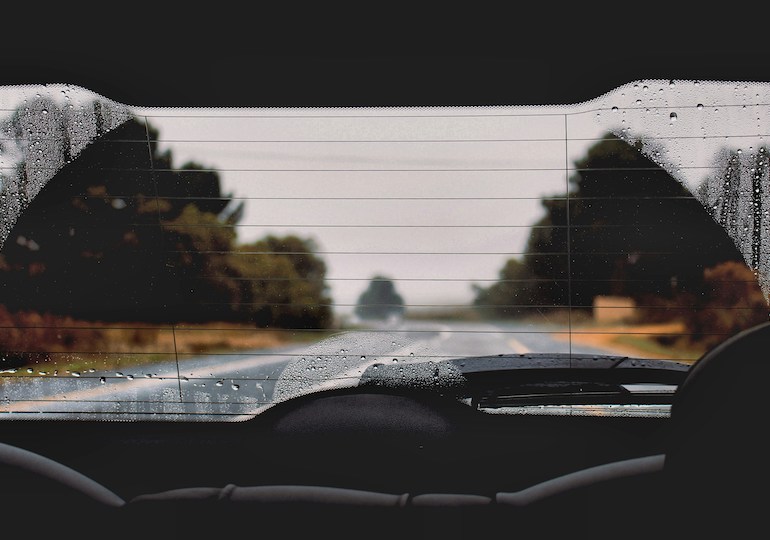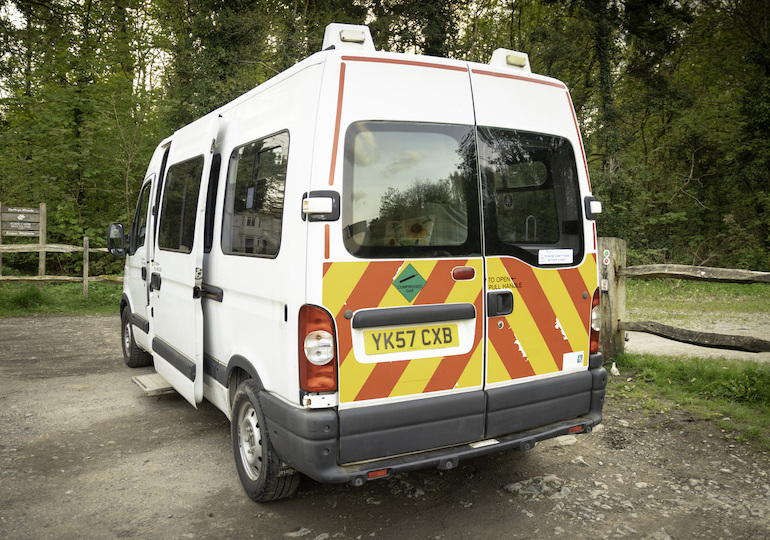Hitting the road in your caravan or motorhome for a staycation means you’ll likely be driving in areas you’ve never visited before, which could lead to encounters with unfamiliar road markings.
Remaining in the UK means the driving experience won’t be as different as going to the continent, but there are still lots of regional anomalies to look out for.
The AA has found that local authorities generated £127.3 million in revenue from bus lane fines in one year alone, with London accruing the most of this revenue at £48.5 million.
It’s not just bus lanes catching road users out either, with failure to comply with any white line road markings landing motorists with a potential £1,000 fine and three points on their licence.
Luckily, the experts at Instarmac have put together a list of some of the most commonly misunderstood markings to look out for on your next caravan or motorhome trip.
Richard Moss, head of civils at Instarmac, said: “It never hurts to brush up on your driving knowledge, especially if you are going on a staycation or road trip.
“Some of these markings are almost exclusive to big cities or country roads, so it’s not a surprise that those of us from towns scratch our heads every once in a while!”
Hazard warning lines
Hazard lines differ from the standard centre lines in that the painted sections are longer in length than the unpainted gaps between them.
They indicate a hazard that isn’t immediately clear, warning drivers of features like a central refuge or junction coming up.
Double white line, nearest broken
Characterised by one thick line and one parallel broken line, these lines mean you should pay close attention to what is on your side of the road.
If the nearest line to you is broken, you may overtake traffic ahead if it is safe. The solid white line is to be used as a guide and you must be able to overtake the car before the solid line is on your side of the road.
Double white line, nearest solid
When the lines are the other way round, you must not cross over or straddle the solid white line unless it is safe. If you do so, it must be to enter adjoining premises or a side road.
Other overtaking that is allowed here includes getting in front of a cyclist, horse, maintenance vehicle that is travelling at a speed of 10mph or a parked car.
Coloured cats’ eyes
Most drivers are familiar with the lights known as cats’ eyes, but may not have noticed the different colours that denote a variety of meanings.
- White – a lane division in the centre of the road
- Red – a restriction, which cannot be crossed
- Green – a slip road or layby, which can be crossed
Red lines
Yellow lines are replaced by red lines in some cities, such as London, with a single one representing a parking restriction, which should be accompanied by times.
Double red lines means no parking, just as double yellows due in the majority of the UK.
Photo credit: Pexels/Kampus Production






















































